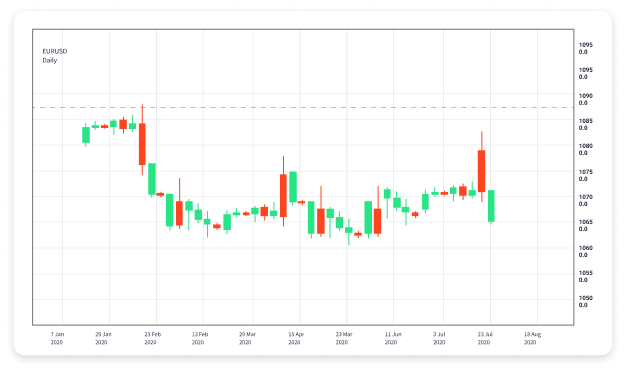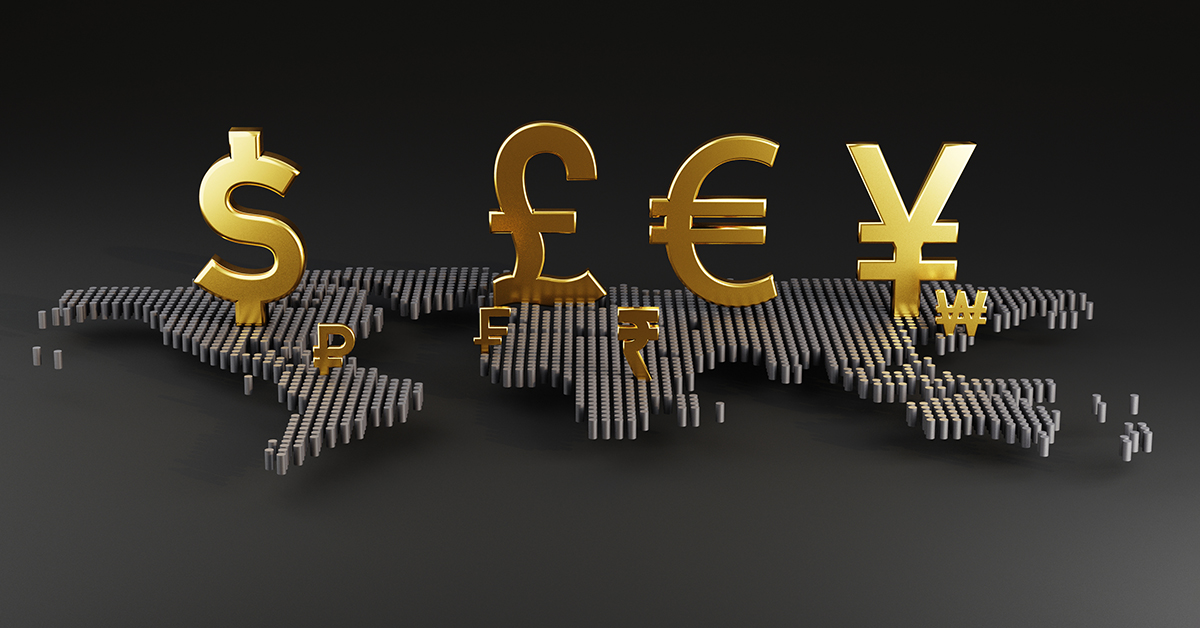
What is Maximum Leverage?
Maximum leverage is a term frequently used in the financial sector, particularly in trading and investing. It refers to the maximum amount of borrowed capital that an investor can utilize to increase their potential returns. By using leverage, traders can control a more substantial amount of capital than they have on hand, amplifying both their potential gains and losses. In this article, we will delve deeper into the concept of maximum leverage, its advantages and disadvantages, and how it can be effectively managed in trading strategies. Additionally, we will explore its significance in the crypto space, where platforms like what is maximum leverage Minereum might offer unique leveraging options.
Understanding Leverage
Leverage in trading is essentially the process of using borrowed funds to increase the size of a position. For example, if a trader has $1,000 and uses leverage of 10:1, they can control a position worth $10,000. This enhanced position size can lead to increased profits if the market moves in the trader’s favor. However, it can also result in significant losses if the market moves against them.
Types of Leverage
There are various types of leverage in trading, including:
- Margin Leverage: This type of leverage is common in Forex and stock trading, where traders borrow money from brokers to open larger positions.
- Derivatives Leverage: Options and futures contracts often allow traders to leverage their investments, controlling a large amount with a small initial outlay.
- Crypto Leverage: In the cryptocurrency sphere, many exchanges allow users to trade on margin, providing various leverage ratios that can significantly amplify their trading outcomes.
Calculating Maximum Leverage
Maximum leverage is typically expressed as a ratio, such as 10:1 or 50:1. This number indicates how much larger the position can be compared to the actual capital invested. To calculate maximum leverage, traders can use the formula:
Max Leverage = Total Position Size / Amount of Own Capital
For instance, if a trader has $2,000 in their trading account and wants to open a position worth $100,000, they would be using leverage of:

Max Leverage = $100,000 / $2,000 = 50:1
Advantages of Maximum Leverage
Utilizing maximum leverage can offer several advantages:
- Higher Profits: The primary benefit of leverage is the potential for higher profits. Traders can control large positions with minimal initial capital, which can lead to significant returns on investments.
- Better Use of Capital: Leverage allows traders to maintain more liquidity in their accounts, freeing up capital for other investments or to meet margin requirements.
- Accessibility: Many brokers and trading platforms offer leverage, making it accessible for both novice and experienced traders to take advantage of market moves.
Risks of Maximum Leverage
While leverage can enhance gains, it also poses substantial risks:
- Amplified Losses: Just as leverage can increase profits, it can equally magnify losses. A small adverse movement in price can result in significant financial setbacks.
- Margin Calls: If the value of a leveraged position drops significantly, brokers may require additional funds to maintain the position, leading to margin calls.
- Psychological Stress: The heightened stakes involved with leveraged trading can lead to immense psychological pressure, potentially resulting in poor decision-making.
Managing Maximum Leverage
To effectively manage the risks associated with maximum leverage, traders should consider the following strategies:
- Set Stop-Loss Orders: Implementing stop-loss orders can help protect against excessive losses by automatically closing positions at predetermined levels.
- Diversification: Spreading investments across various assets can help mitigate risk and reduce the impact of any single underperforming investment.
- Use Leverage Wisely: Understanding one’s risk tolerance and using leverage strategically can prevent excessive exposure to market volatility.
- Educational Resources: Investing time in trading education and market analysis can equip traders with the skills necessary to navigate leveraged markets effectively.
Maximum Leverage in Different Markets
The concept of maximum leverage varies across different markets and financial instruments. Here’s how it differs:
- Stock Markets: In stock trading, the maximum leverage is often limited by regulatory bodies, with most brokers offering leverage ratios ranging from 2:1 to 5:1.
- Forex Markets: Forex trading typically allows for much higher leverage, often exceeding 100:1, depending on the broker and the regulatory environment.
- Cryptocurrency Markets: Leverage in the crypto market can be considerably higher, with many exchanges offering ratios as high as 100:1 or more, although this increases risk.
Conclusion
In conclusion, maximum leverage is a powerful tool that can offer the potential for substantial profits in trading but must be approached with caution. Understanding how it works, evaluating the risks, and implementing sound risk management strategies are essential for anyone looking to utilize leverage effectively. By carefully navigating the complexities of leveraged trading, investors can enhance their overall trading experience and potentially reap significant rewards while minimizing risks.
